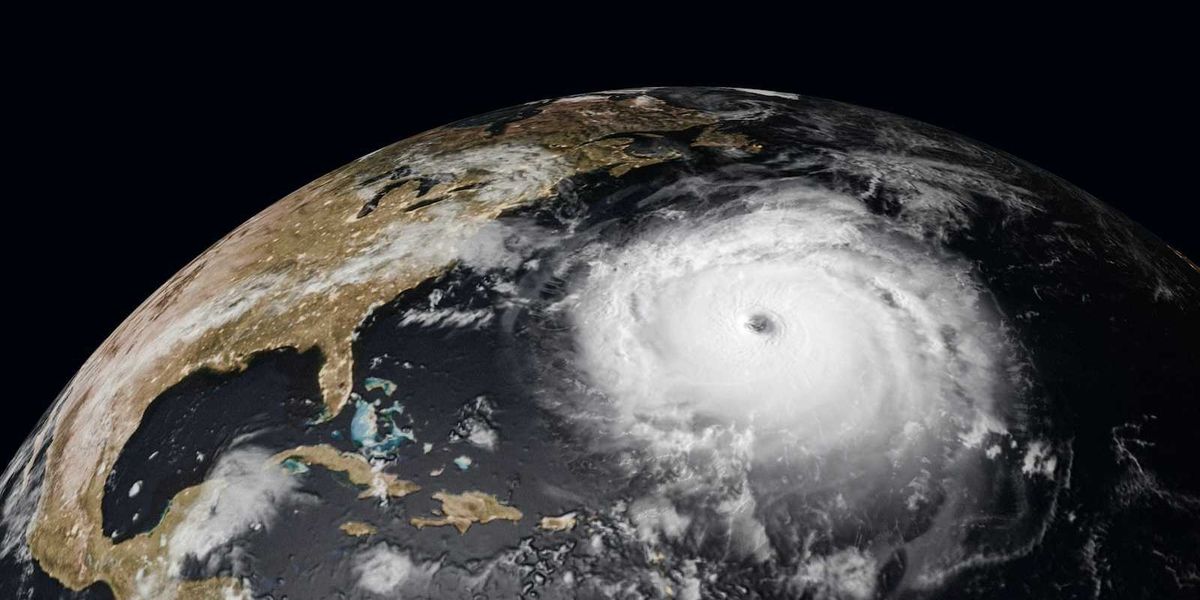Antarctica’s future as a science haven grows uncertain amid U.S. budget cuts and global competition
The United States’ proposed cuts to polar science funding and growing international tensions are raising new questions about whether Antarctica can remain a demilitarized zone dedicated to peace and research.
Sarah Scoles reports for The New York Times.
In short:
- President Trump’s 2026 budget proposal includes steep cuts to the National Science Foundation’s polar research program, potentially slashing up to 70% of current funding.
- China and Russia are expanding their Antarctic operations, prompting concerns about military uses and resource exploration, with British officials warning of possible oil prospecting disguised as science.
- Scientists and diplomats fear that a reduced U.S. presence will weaken its influence and shift the balance of power on the continent, undermining the Antarctic Treaty’s long-standing peace and science framework.
Key quote:
“While all types of vessels are welcome in the region so long as they are for peaceful purposes, increasing the number of military vessels while decreasing the number of scientific vessels gives the appearance of militarization of the region, which goes against long-term U.S. policy and interests.”
— Bill Muntean, Center for Strategic and International Studies
Why this matters:
Antarctica has served as a rare global example of peaceful cooperation, scientific discovery, and environmental stewardship. But the continent’s stability depends on a fragile agreement that bars military activity and commercial exploitation. As global powers shift their focus to the poles, the combination of climate-driven resource scarcity and geopolitical ambition threatens to unravel that consensus. A weakened U.S. presence could open the door to more aggressive competition over oil, gas, and strategic positioning—especially if scientific research gives way to military or commercial priorities.
Related: Trump blocks funding for science agencies, risking AI and weather research













